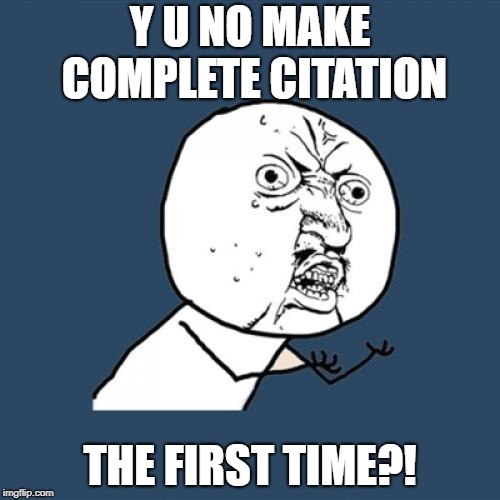This past interim studying H.T. Burleigh has been a whirlwind. Starting out the first week of class, I definitely felt overwhelmed by the magnitude of work we had to undertake. Especially coming off of the East Asian music mapping project in which I had a rough time researching, I was concerned about the research process for Burleigh. Coming from a specialized background in Asian studies, I was nervous to take on American music because I don’t have much experience exploring it. Thankfully, I found it was much easier to research Burleigh than East Asian opera houses and companies. There were many more primary sources, such as newspapers and letters, that were available to us regarding Burleigh than East Asian music.
One of my biggest takeaways this interim was how involved the research process can be for a project of such a broad scope. Good time management is seriously needed in a project such as this one, both for each individual and the whole team. Our class had great time management skills, thankfully; I was taken aback by the unprecedented amount of work on Burleigh we accomplished in a short three works. Thinking quantitatively, it would take one person about 9 months to complete the same work that we completed in three weeks. Within these three weeks, I also learned a huge amount about H.T. Burleigh. Before the class, I was pretty fuzzy on who he was and didn’t even really know when or where he lived. Today when we were presenting our work to the St. Olaf community, though, I surprised myself by the length at which I was able to discuss Burleigh, who he was and what he did.
One big complication we had to look out for as we made our maps was how they can complicate musicology – a very humanist field – by dehumanizing the people we are studying. What I mean by this is: when we plot points on a map, we are effectively reducing the experience or event of a person’s life to a single data point from a spreadsheet – it’s easy to do this if we do not contextualize our work. I think we as a group did a good job contextualizing our work, however, providing a thorough background for audiences as to who Burleigh was and why mapping his life and legacy mattered. For my future work in musicology, if I do use maps (which I most definitely will, now that I know the process), I will make sure that I’m very aware of my power as a map-making musicologist.
Bibliography was a huge component of my work within this group. For effectively the last week of the work we did, I was tasked with making the bibliography for our project. This was intense and frustrating at times, but also deeply satisfying and fun. I am a librarian and I plan to go on to library school, so I care a lot about how works are documented and how we research; I think the role of “bibliographer” was perfect for me. Before starting the project, I was by no means a serious bibliographer, though! This is to say I learned a whole ton about bibliography and citations in my last week… I found I could easily create citations without looking up how to do them correctly and if my peers had questions about how to cite something, I could tell them how to cite it without pulling up any examples or explanations for myself. This was exciting because it sped up the whole process a lot and also brought me closer to the sources I was exploring. It’s hard to create citations from inconsistent data entry, however, which was one of the biggest struggles for our group.

I said that the role of “bibliographer” was frustrating, and that is why: poorly cited data points and empty cells were no help to me or anyone else who later might want to explore where one of my peers got their data from. In this regard, these are some of my biggest recommendations to anyone working on mapping in the future: 1) Keep citation styles consistent (usually Chicago) 2) Record every website or source you go to for information. (Every. Source.) 3) Cite everything you use the first time you use it. And I must say, don’t make your first citation a lazy citation – ensure it is a complete citation. I won’t harp too much on bibliographic work in this final blog post, though. (Even though I spent the last two paragraphs talking about it.) For more, you can see one of my other blog posts, “A Bibliographer’s Nightmare: Inconsistent and Incomplete Data.” Also, I think this meme I made is fitting enough to explain my feelings on the topic:
One final recommendation I have for anyone that is mapping anything historical at all: historic maps are your friend! The David Rumsey Map Collection and Historic Map Works.com are both fantastic resources to look up historic addresses and places. They were both invaluable resources for our whole group throughout our project – in my blog post “Burleigh’s NYC Performances: Did He Sing in Harlem?” I talked at length about how historic real estate maps were superbly useful when conducting research and completing data entry. I cannot recommend historic maps enough. We even included one as an overlay in our map “Burleigh Before New York,” allowing the user to more fully grasp where and how Burleigh was living at the time. In this way, these historic maps allow us to further contextualize and “humanize” mapping the digital humanities.
Looking forward in my future, this experience working in the digital humanities, mapping the life and legacy of H.T. Burleigh, will be invaluable and I will certainly apply my expertise as I pursue musicology or library science. Needless to say, I’m excited to have a future in the digital humanities – it’s fun to play with maps!